|
Every year Tiger Groupers (Mycteroperca tigris) travel to traditional spawning aggregation sites and for a few nights there is a frenetic race to see which groupers can pass on their genes to the next generation. Most common about a week after the full moons in February and March, these special events need protection to ensure the future of the species. The Spawning Aggregation site: Here on Roatan, a Tiger Grouper spawning aggregation site was first discovered five years ago by Nicholas Christian Bach of the Roatan Marine Park and local photographer Caroline Power. I have been lucky enough to accompany them to document this event for the last three years and it's always a challenge to even witness, let alone shoot! It's far from any moorings and takes place right around sunset, so it's almost like a night dive. Add to this the depth (around 100ft), the strong currents here and the short deco times (even on nitrox) and you get a very tough photography challenge. The actual spawning takes place for only around 10-15 minutes, so being in the right place each evening is key. And when the spawning begins it's happening all around you, hundreds of groupers vying for position near the females. Often the only thing you get is a mass of sperm and eggs in front of your mask and no pictures to show for it! Males and females: Tiger Groupers are protogynous hermaphrodites, meaning that they are all born female. Once they reach a certain size they make a radical transition and become active males. Other than size, there is usually little to tell the difference between males and females on a reef dive, but during mating season the males take on a dramatic two-tone pattern, with the head becoming a pale coppery color and the body showing contrasting white and black markings. The pectoral fins of the smaller females become a bright orange color and they show white spots under their bellies, similar to the males. As the time to spawn draws near, the males become more active and aggressive, trying to chase away or intimidate other males in the area. Competition to reach the eggs is fierce. The spawning rise: When she feels the time is right, the female darts up into the water column and releases a long ribbon of eggs. A single female may release over a million eggs an evening. By swimming quickly up into the water, she makes sure that only the strongest and fastest of the males will be able to get to these eggs and release their sperm onto them. After a few minutes the water becomes so cloudy with grouper sperm that it can be hard to tell where the next spawning rise will take place. Infuriatingly, it's often right behind you or where you were pointing your camera just a second ago! Sometimes the female decides not to release her eggs when she reaches the top of her spawning rise, and the males are cheated out of their opportunity to fertilize her eggs. In the heat of the moment some males will even chase each other up into the water column, releasing their sperm even though no females are present. The fertized eggs float near the surface, where most will be preyed upon. The larvae of Tiger Groupers are less than 2mm long and are very vulnerable. Few will reach the settling stage on a new coral reef. Juveniles are bright yellow with a dark brown mid-body stripe that disappears over time, until they develop their characteristic body bars. They reach sexual maturity at around 25cm in length, and then may join a spawning aggregation themselves as females. Once they reach around 50cm they may develop gonads and will join in the next spawning aggregation as males. The need for protection: Other Tiger Grouper spawning aggregation sites throughout the Caribbean have been discovered by local fishermen and having so many groupers in one place is just too tempting. Their numbers are dropping every year. During the mating season, males are more likely to take a baited hook than females and they are more easily shot with spearguns. Tiger Groupers naturally have very slow growth, late sexual maturity and a long life span. By reducing the males from the area, less are available to fertilize the eggs next year. Currently the IUCN does not have the Tiger Grouper listed as a threatened species, but warns that grouper spawning sites need protection from unscrupulous fishermen or they may lose thier abilty to replenish thier numbers. Last year park rangers from the Roatan Marine Park on the east end of the island confiscated boats, scuba gear and spearguns from fishermen who were hunting at a spawning aggregation of Yellowfin Grouper. Unfortunately over 30 groupers had already been speared and the logistics of patrolling this distant site means that the population of this fish will probably continue to decline around the island.
For this reason the exact location of the Tiger Grouper spawning aggregation site needs to be kept a secret as long as possible. Hopefully it's an event that will continue for generations. Enjoy Mickey Charteris
1 Comment
|
AuthorMickey Charteris is an author/photographer living on Roatan. His book Caribbean Reef Life first came out in 2012 and is currrently into it's sixth printing as an expanded fourth edition. Archives
August 2019
Categories
All
|
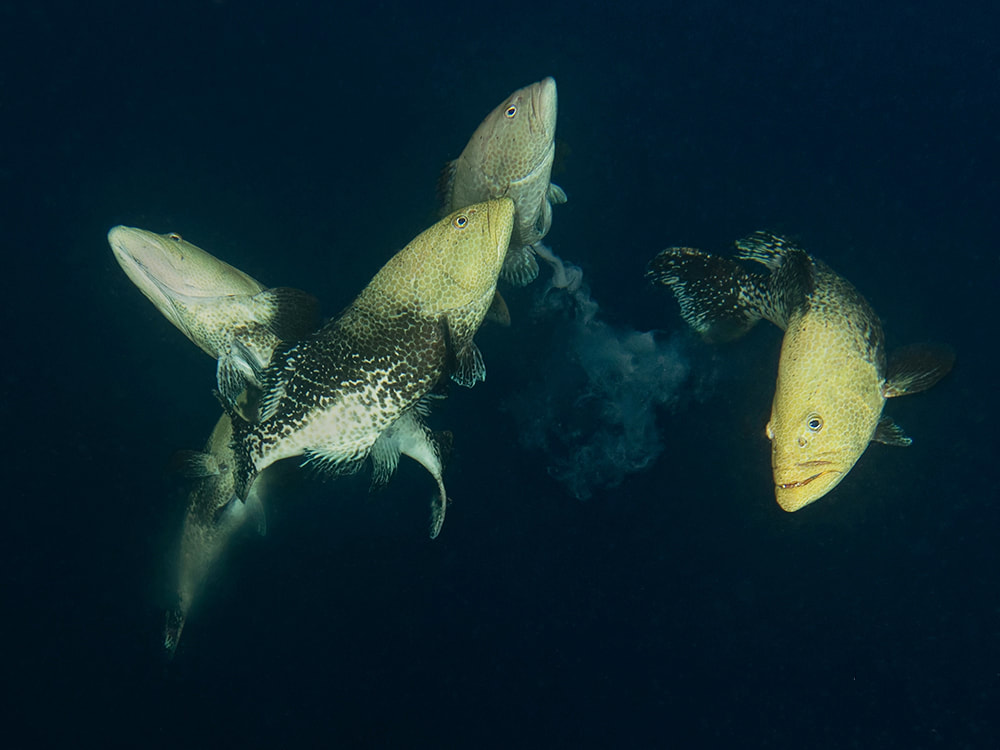
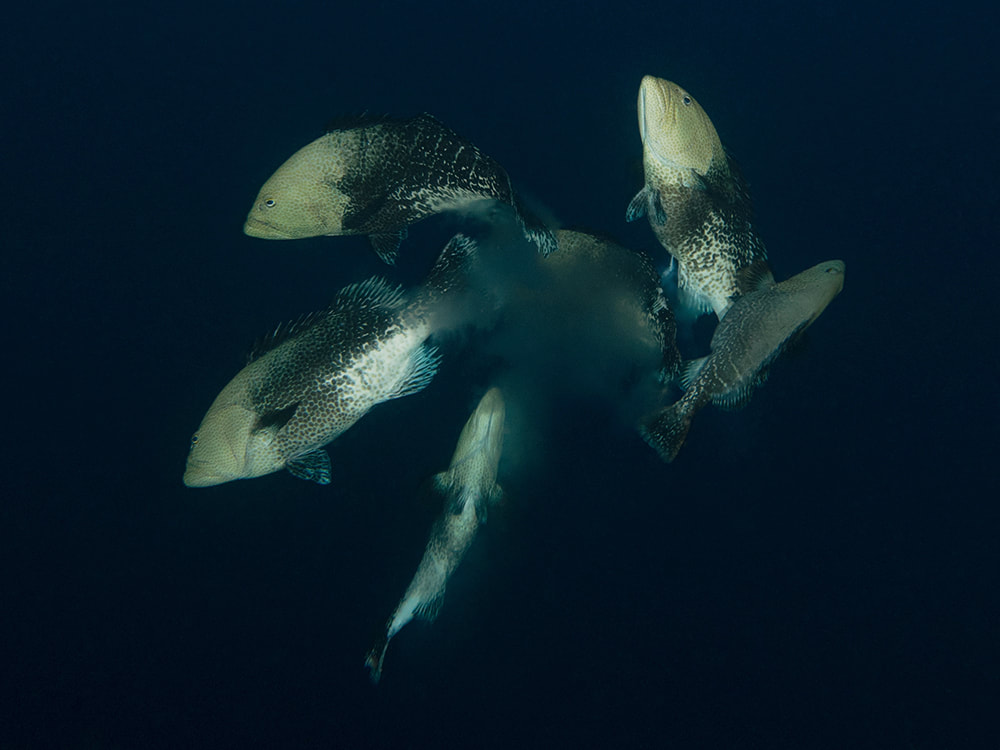
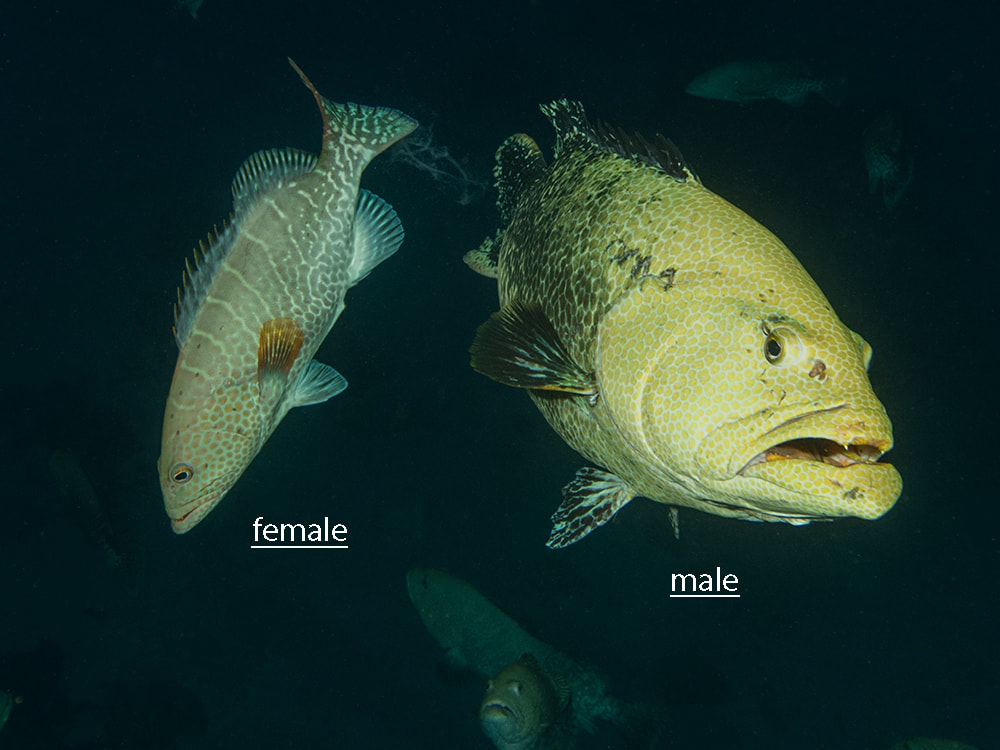
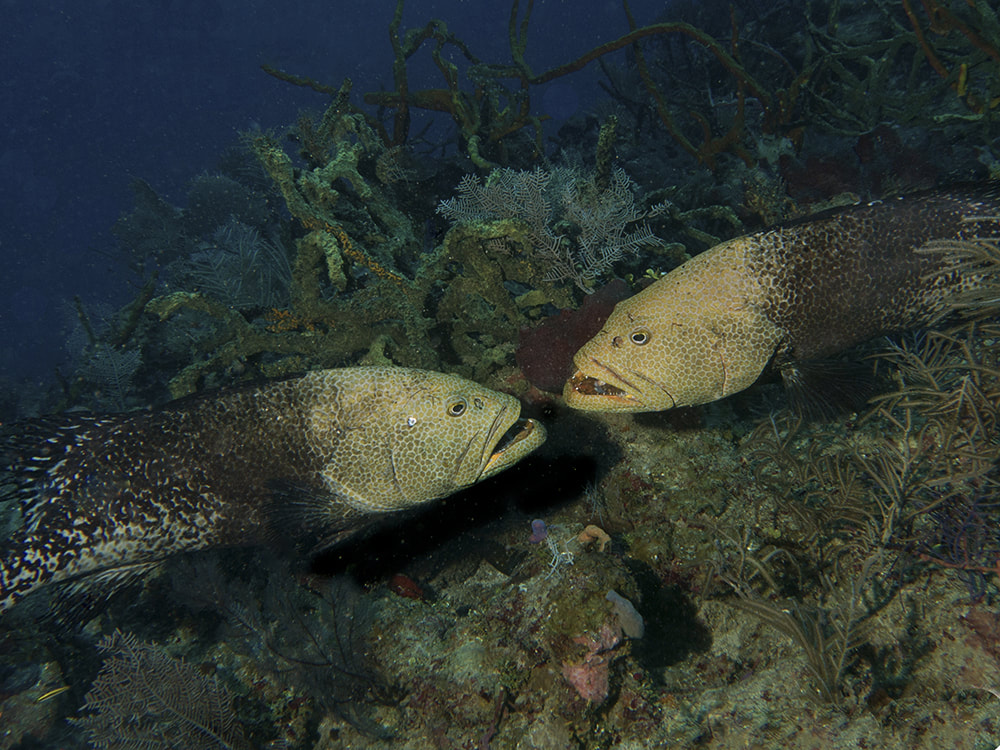
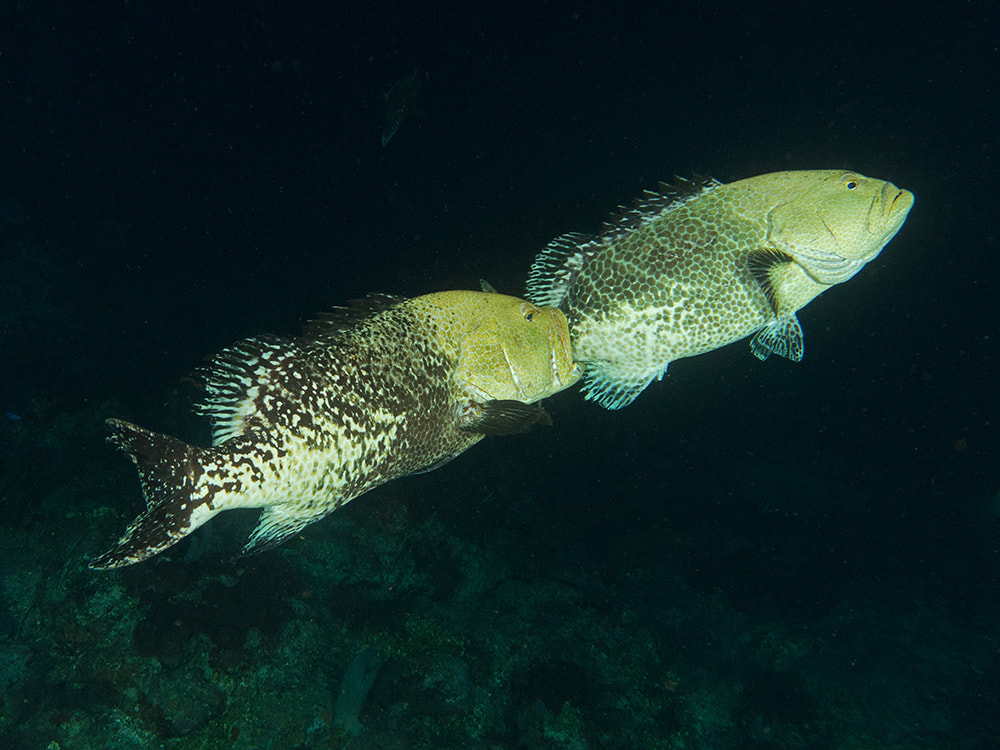
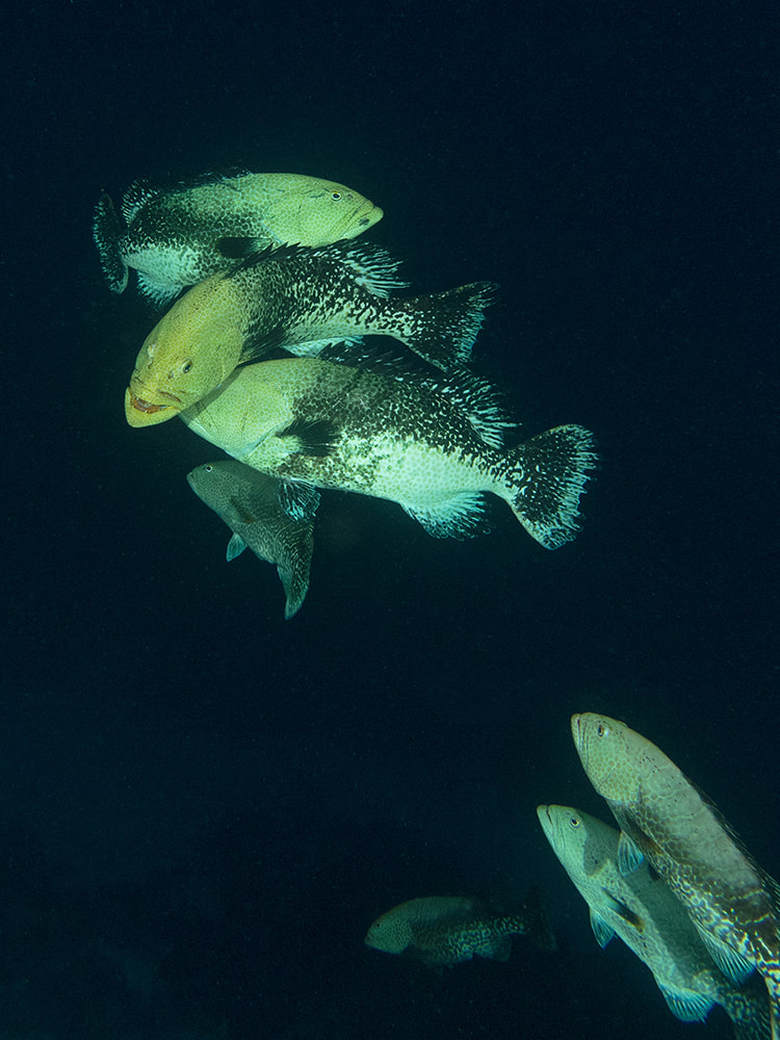
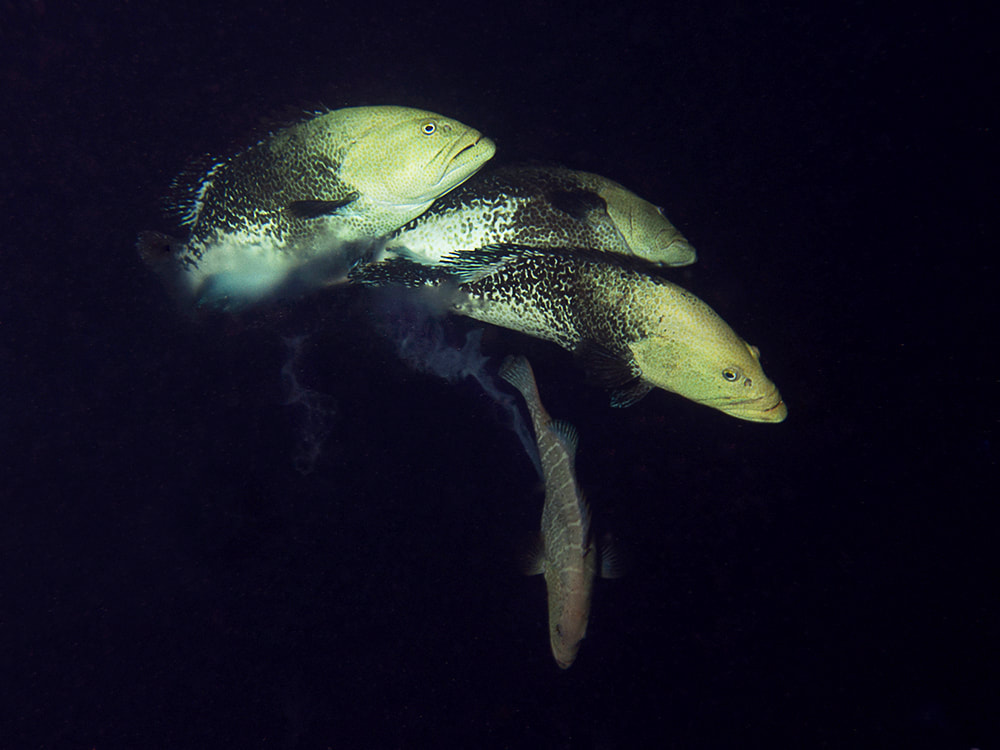
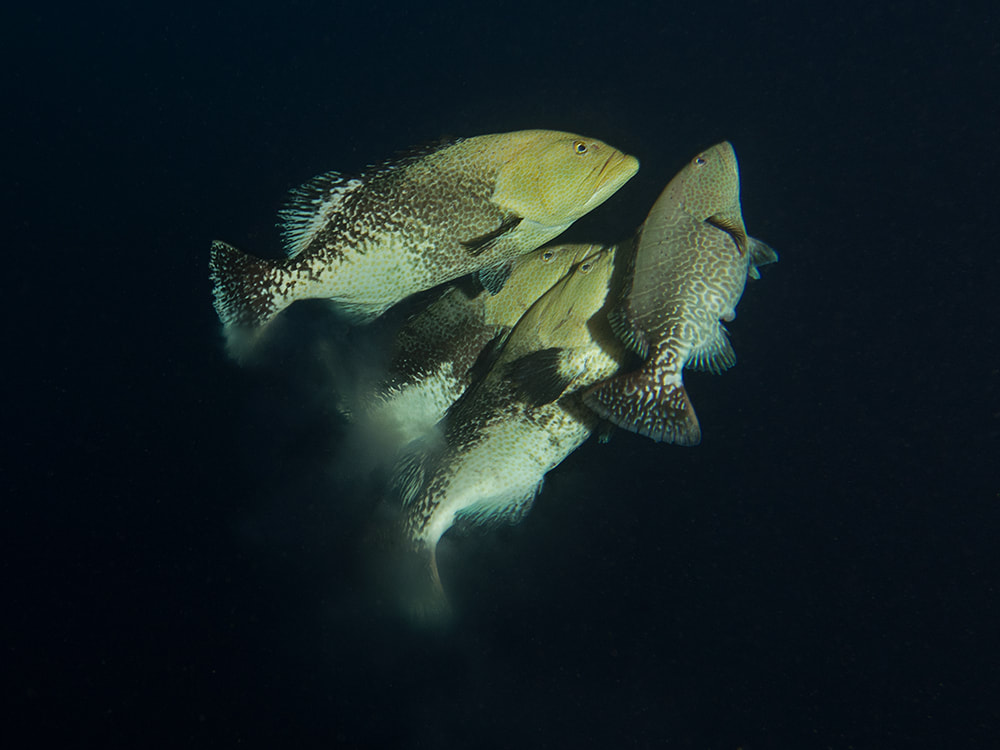
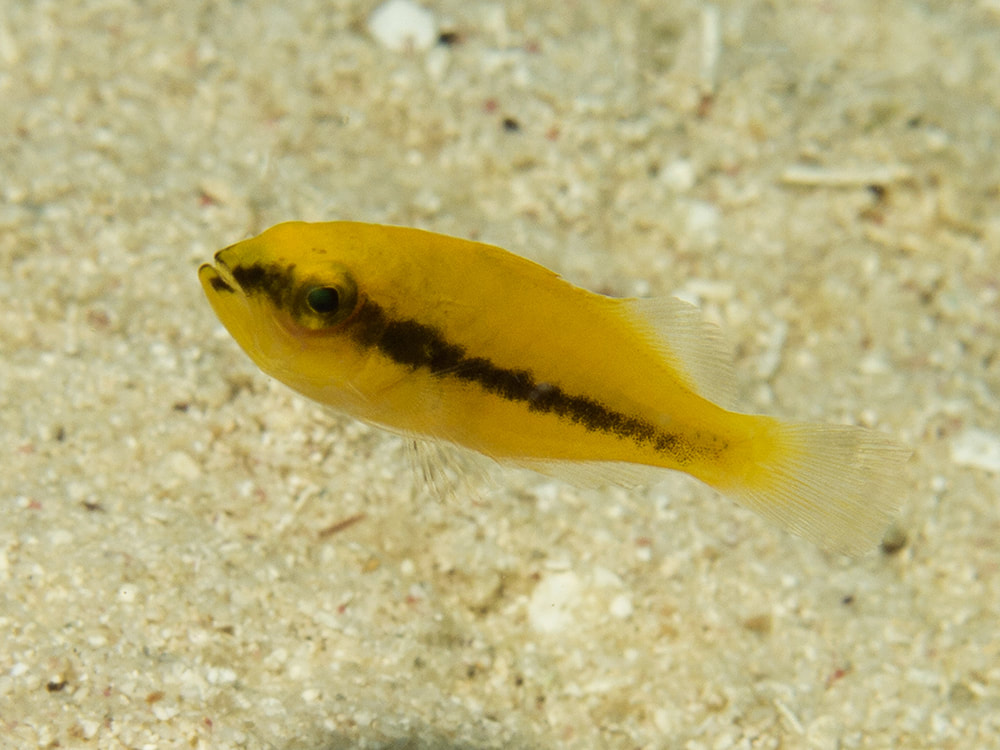
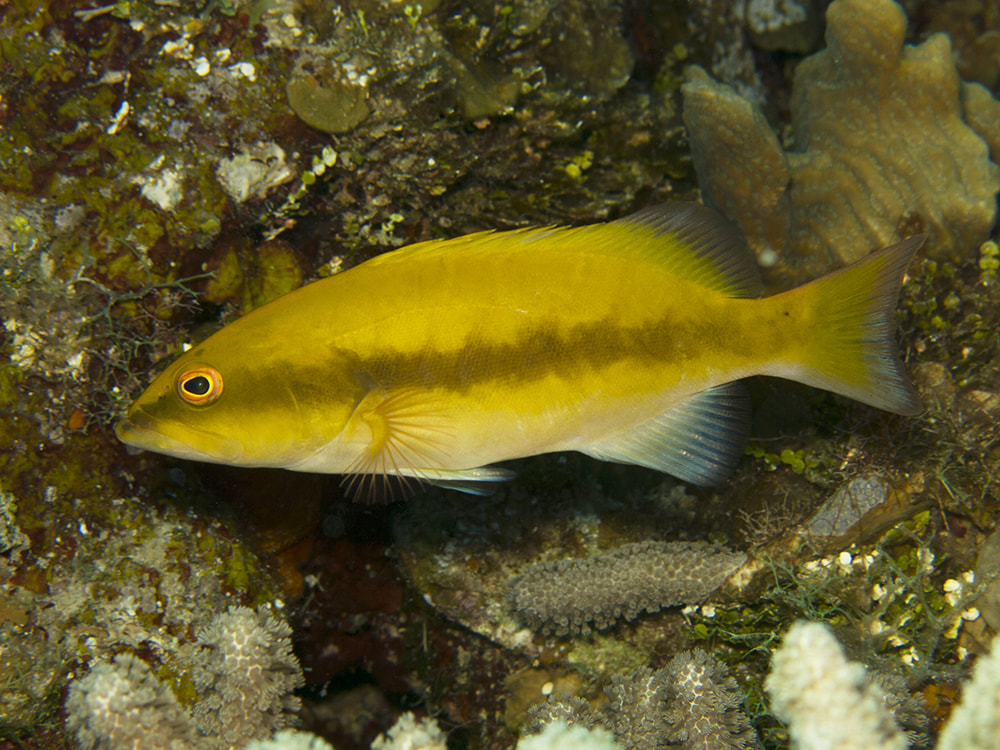
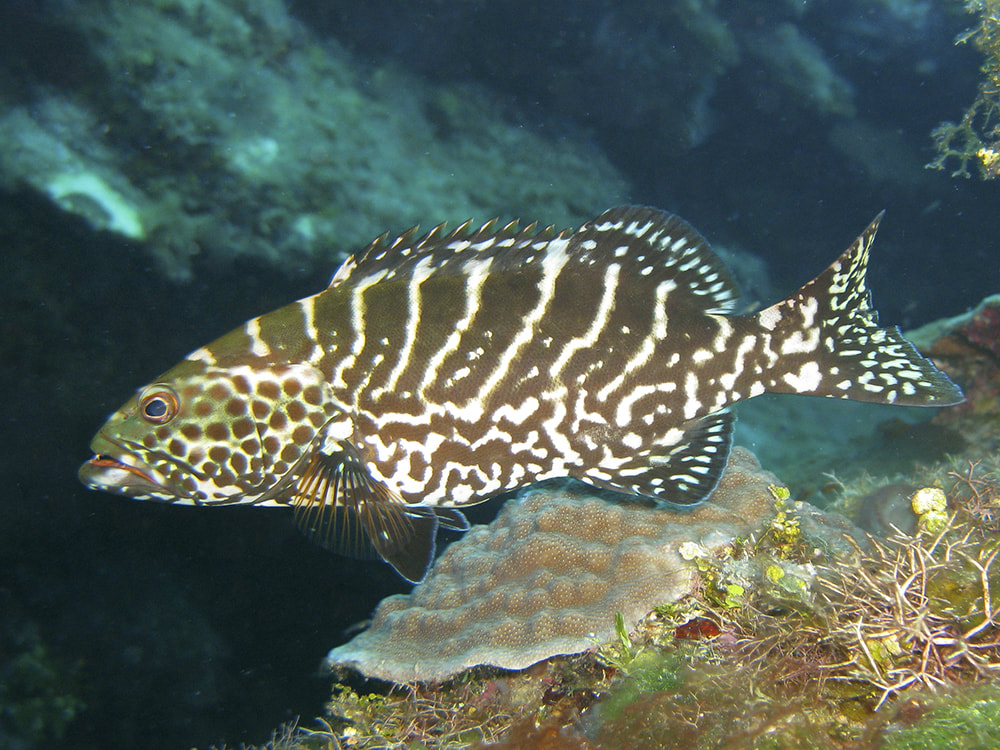
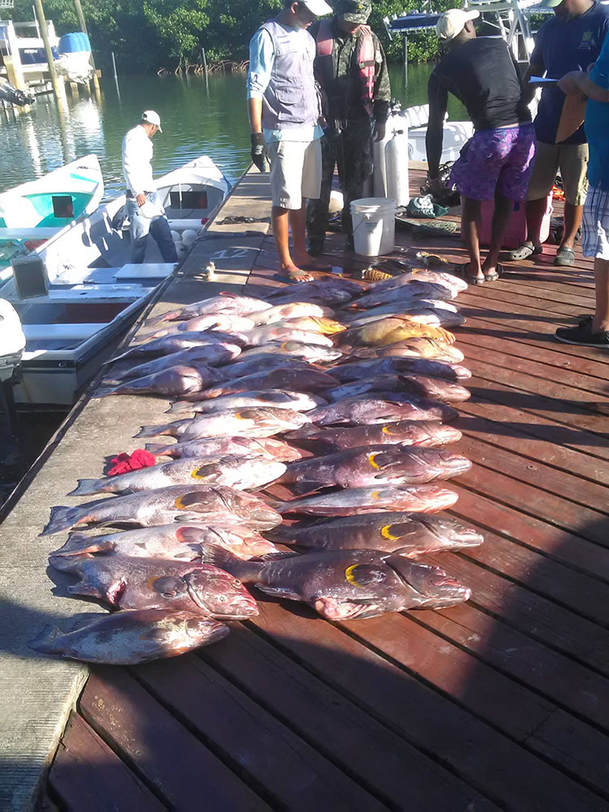
 RSS Feed
RSS Feed